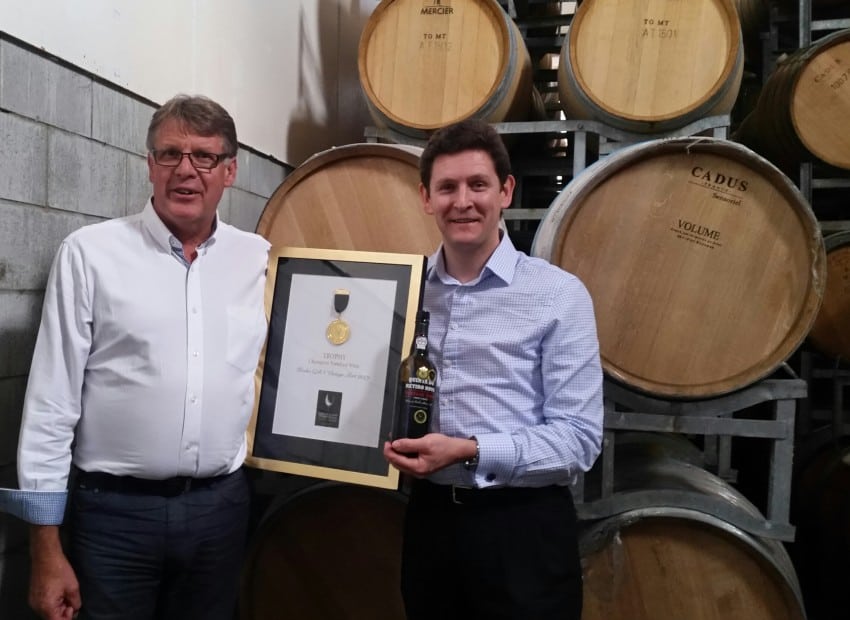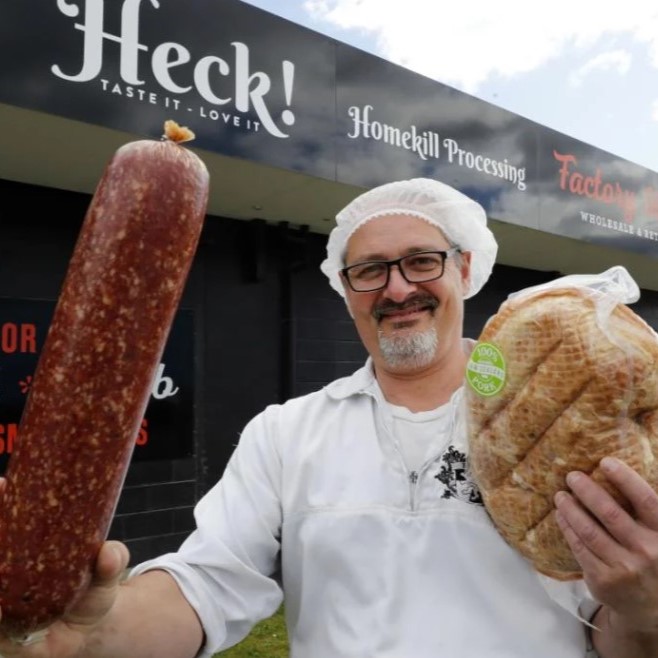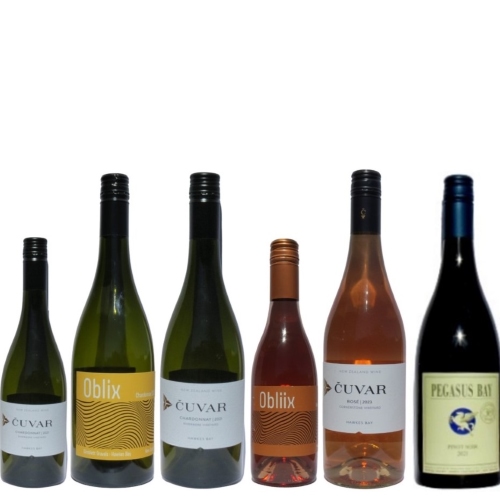
Kahurangi Estate & Port Wine – Published 15.03.16
When Greg and Amanda Day purchased their first wine business in 1998 it was always going to be the beginning of something larger. Kahurangi Estate is now much more than a producer of fine Nelson wine, it is the public face of a business with many arms.
The vineyards of Kahurangi Estate at Upper Moutere are the home of the modern winemaking era in Nelson, contain some of the oldest vines in the region and proved to be the perfect platform to start from; it was the site of the original Seifried Estate who relocated to their purpose built Waimea Plains site.
The Day’s had significant marketing and business management experience but no winemaking experience, Greg has been involved in the liquor industry for most of his working life and was the National Sales and Export Manager for Allied Liquor. Between working for Allied Liquor and establishing Kahurangi Estates he used his International Marketing qualification as the Asia Pacific Marketing Director for a multi-national abrasives company.
As a draughtswomen Amanda brings design and management skills to the business as well as overseeing the management of the cellar door, café and vineyard cottage accommodation. She also has a key role in all of the marketing, both local and national as well as international.
Like any business owner you will find them working seven long days a week and embracing change at every turn; be it growing new markets, expanding plantings, or taking advantage of other opportunities, change is vital and something Greg in particular thrives on.
One part of the business is Kahurangi Liquor Distributors which imports and distributes a wide range of premium international wines, “after all if you have a sales team on the road selling wine you may as well give them plenty of things to sell” says Greg.
And it is the international wines I want to talk about in this column, in particular the Port wines of Douro Valley in Portugal.
The Day’s import a big range of premium Port and sell more than 10% of Port wines sold in New Zealand.
A few weeks ago I was invited to a Port masterclass conducted by Robert Bower, the export manager and head of sales for Taylor Fladgate. Included in the brands they have are Krohn and Croft’s.
Bower is an 8th generation Port wine shipper and his Port education came by way of total immersion in the subject since he was a child. Taylor Fladgate owned Crofts originally but sold it a few centuries ago and then bought it back in the late 1880’s and as part of their total dedication to quality in everything they do the family also owns a Michelin Star restaurant in Portugal.
Port producers have been shipping wine to England since the 1300’s but history records it wasn’t very good in the early days, Bower says it was probably oxidised by the time it got to the UK.
In the early 1600’s people discovered the wines of the Douro Valley in northern Portugal, they were dry wines but much fuller in flavour and texture however when they shipped them overseas there were problems with secondary fermentation. Producers fortified the wine by adding extra alcohol to kill off any remaining yeast in the bottled wine and this stopped any fermentation.
Over the years Port wines were refined “every time we made it sweeter people liked it so it evolved over many years until in the late 1600’s ended up with a style we know now” according to Bower.
Rather than making single vineyard wines Port is made by producers who source wines from across the region and blend them to get the complexity each house wants for their style.
Port is all about complexity, a minimum of six varietals are used to give complexity and to achieve this producers’ prefer big vineyards on hillsides with many micro climates to give them more options; the more varietals they plant with many micro-climates the better. The resulting wines from various vineyards are then blended to get the complexity producers desire.
Cognac is used to fortify the base wine and producers source premium Cognac to further enhance the characters of their Ports.
We are all familiar with Tawny and Ruby Port wines however Bower says we should think of them as nutty and fruity instead, because that describes the flavour of the wine rather than the colour.
Ruby wines are darker in colour while Tawny Port is nutty and caramel in colour. These wines generally start with the same case wine but are aged differently; ruby Port is matured in very large barrels with minimal wood contact and exposure to oxygen while Tawny Port is changed from fruity to nutty by being aged in smaller barrels.
These can be aged for 20, 30 or even 40 years but premium producers like Krohn and Croft age vast quantities of port for up to 100 years and use these for blending to keep absolute consistency for non-vintage wines so each bottle of non-vintage Port you buy should taste exactly the same.
Like everything in business and life “the difference between success and failure is doing the little things very well” says Bower.
So what were my favourites at the tasting? They were all very good in their own way but the hands down winner for me was the 2011 Croft Vintage Port (RRP $169) and this is no surprise, it has been rated in a recent tasting of Port wines as being the 13th best Port in the world.
It is a huge wine with a purple colour so deep it is almost black in the glass and aromas rich and sweet, packed with incredibly intense dark berry fruits, blackberry, boysenberries, layers of chocolate and hints of cigar tobacco it is a wonderfully complex wine.
The flavours are equally rich and sweet black berry fruits with a touch of chocolate-dipped liquorice and very dry powdery tannins in the finish but with a nice twist of acidity to make your mouth water for more.
Winter is on its way so it is time to think about stocking up on some wonderful Port wines to enjoy in front of the fire this winter and while the premium Croft Vintage Port is expensive there are much cheaper yet equally delicious and warming Ports available.



